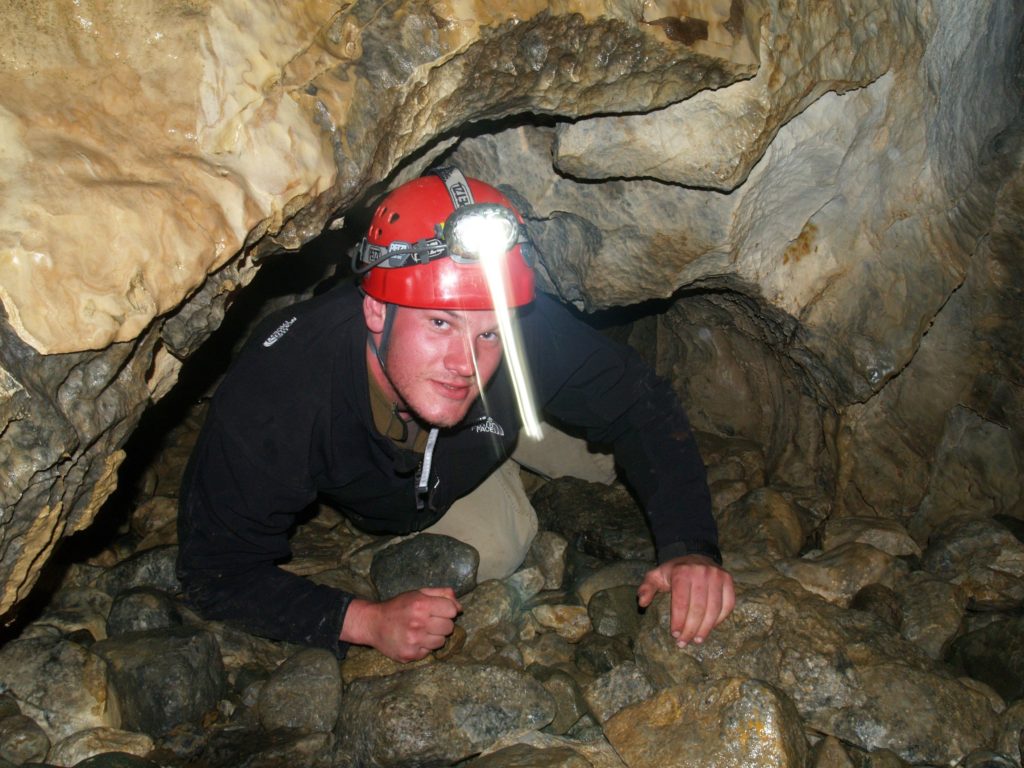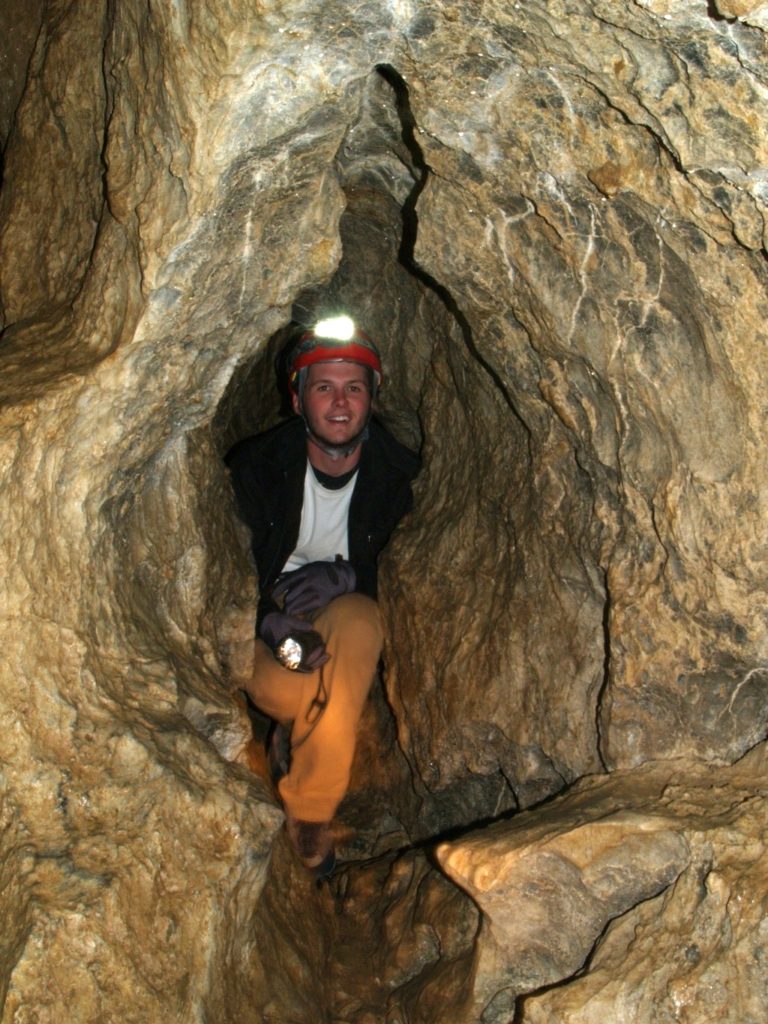
Explore our local karst (limestone) topography with its myriad caves, sinkholes and underground streams. Over thousands of years, our limestone has eroded into unusual features including spires, pinnacles, karst mountains, shafts, disappearing streams, caves, and sinkholes. Learn about the extensive historical record uncovered in recent decades in these caves, considered by advanced spelunkers as among the world’s most exciting for their complexity and early stage of exploration. A trained Lodge at Whale Pass guide can help you wander into the abyss with the comfort of local knowledge and all the right equipment.
 Visit El Capitan Cave and learn all about the underground world from an expert Forest Service guide. You will gear up and ascend the 370-step nature staircase through the rainforest to the mouth of “El Cap” with a naturalist highlighting many fine points. As the elevation changes, you will notice a distinct transition in the ecosystem and marvel at the view of the saltwater passage below.
Visit El Capitan Cave and learn all about the underground world from an expert Forest Service guide. You will gear up and ascend the 370-step nature staircase through the rainforest to the mouth of “El Cap” with a naturalist highlighting many fine points. As the elevation changes, you will notice a distinct transition in the ecosystem and marvel at the view of the saltwater passage below.
The tour gains you access to the first six hundred feet, which contains thousands of soda straws, delicate, hollow tubes that hang from the cave ceiling and grow longer with each drip of water. Eventually soda straws build up layers of minerals and can become stalactites. Strolling into the relatively easy to traverse cave helps you better appreciate the effect of the rainforest muskegs, or peat bogs, dripping their deep, wet, acidic soil from partially decayed plant material into the earth to dissolve away the limestone bedrock. The Forest Service guide is a font of knowledge on the history, geology, and decorations of the cave.

A variety of wildlife shelter in El Capitan Cave. River otters use their strong sense of smell to establish winter dens in the pitch darkness. Two species of brown bats join them in their winter retreat. The small pools throughout the wet cave harbor cave-adapted organisms such as amphipods and mites.
El Cap is the largest cave in Alaska with over 12,000 feet of mapped passages. It was also the first cave in Southeast Alaska in which fossils were discovered. Fossils of preserved bones of ancient brown and black bears, otters, fox, wolverine and other weasels have been found in the last thirty years. With the oldest of these fossils dating back 12,000 years, discoveries in El Cap shed new light on the Ice Age and have expanded our understanding of the prehistory of Southeast Alaska.

The truly adventurous can bushwhack to Roaring Road Cave and tackle this challenging underground waterfall. The excursion includes a repel down into the smooth tunnel of eroded limestone. The roaring water that has done all the carving continues to flow heavily. The spelunkers ascend about one hundred feet up the gentle sloping cave to the source of the stream, a seemingly bottomless spring pumping gallons of water a minute through the karst formation. The descent proceeds past the initial repel point and down another one hundred feet to a large cave exit and back into the lush forest sheltering the chaos. You will gear up with as much waterproofing as you can, but expect to get soaked as you crawl, slide and shimmy your way through the hole in the ground.
Other cave sights can be visited on Prince of Wales Island. Beaver Creek Falls Karst Interpretive Trail offers more scenes of limestone carved sinkholes and caves nestled amongst a peat bog and cathedral forests. A forty-foot waterfall disappears into a cave, only to rush back out a few yards away before disappearing for good into another hole in the ground. Eight miles away the water emerges from a spring at the bottom of Twin Island Lake before rolling down a creek bed and dropping underground one last time. It comes out for its final run to Whale Pass Bay at Cavern Lake Cave, where you can watch 10-pound silver salmon disappear into the dark on their way upstream to the spawning grounds.
Treking & Mt Biking
Power hike and mt. bike lengthy trails and gravel paths through mountain and lakeside scenery, nearly alone in a spectacular wilderness.

